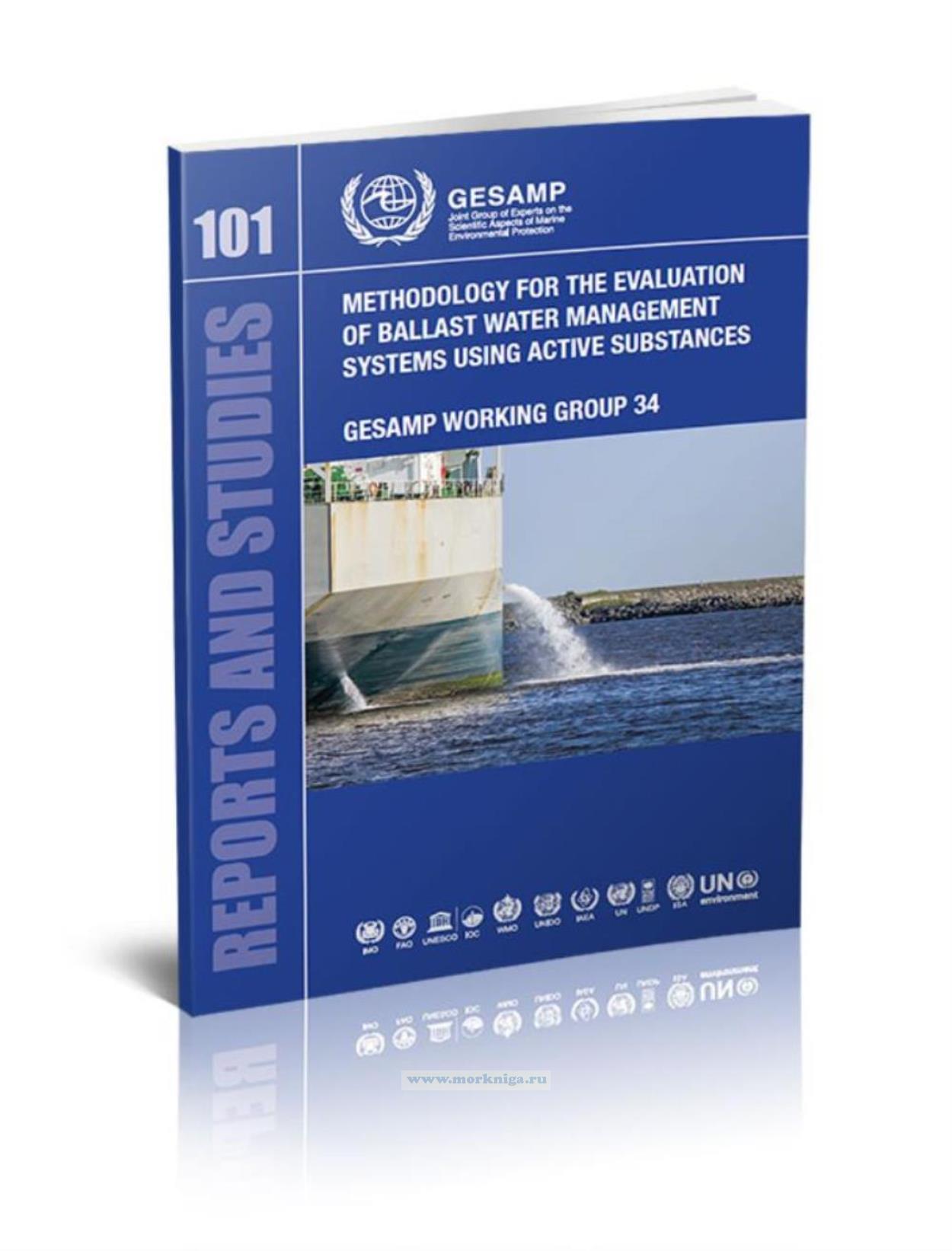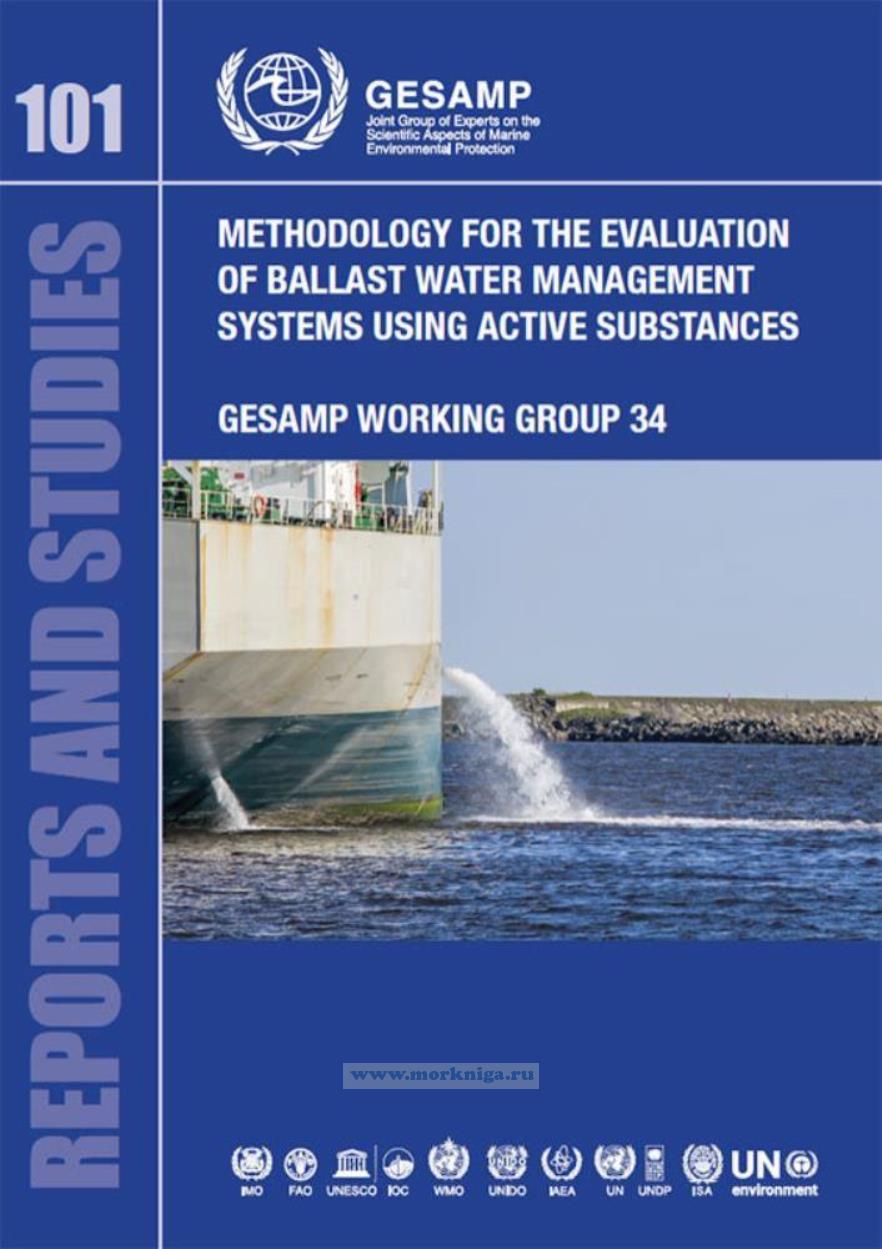Methodology for the evaluation of ballast water management systems using active substances/–Ь–µ—В–Њ–і–Њ–ї–Њ–≥–Є—П –Њ—Ж–µ–љ–Ї–Є —Б–Є—Б—В–µ–Љ —Г–њ—А–∞–≤–ї–µ–љ–Є—П –±–∞–ї–ї–∞—Б—В–љ—Л–Љ–Є –≤–Њ–і–∞–Љ–Є —Б –Є—Б–њ–Њ–ї—М–Ј–Њ–≤–∞–љ–Є–µ–Љ –∞–Ї—В–Є–≤–љ—Л—Е –≤–µ—Й–µ—Б—В–≤
-
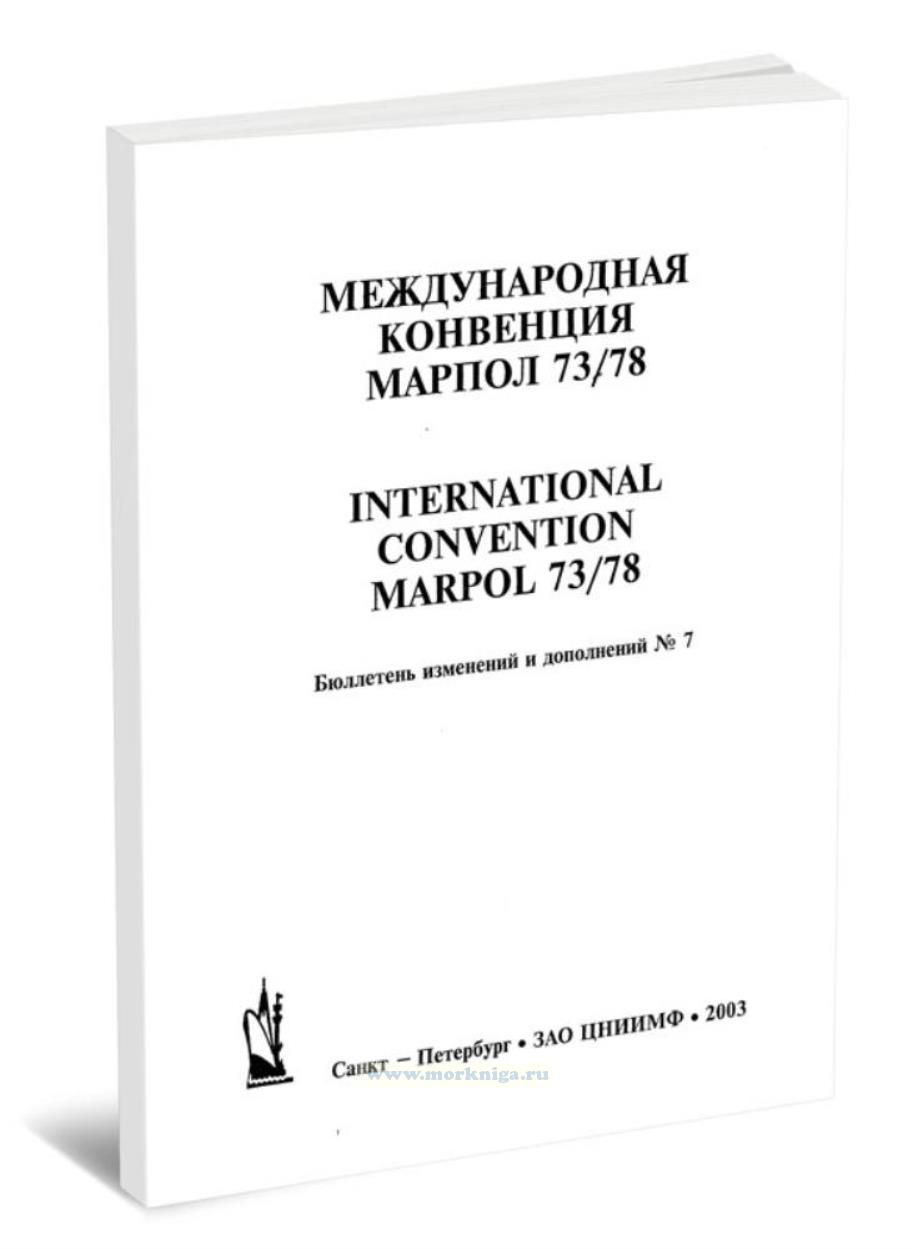 –С—О–ї–ї–µ—В–µ–љ—М вДЦ 7 –Є–Ј–Љ–µ–љ–µ–љ–Є–є –Є –і–Њ–њ–Њ–ї–љ–µ–љ–Є–є –Ї –Ъ–Њ–љ–≤–µ–љ—Ж–Є–Є –Ь–Р–†–Я–Ю–Ы 73/78 –Є —А–µ–Ј–Њ–ї—О—Ж–Є–є –Ъ–Њ–Љ–Є—В–µ—В–∞ –Ш–Ь–Ю –њ–Њ –Ј–∞—Й–Є—В–µ –Љ–Њ—А—Б–Ї–Њ–є —Б—А–µ–і—Л –Њ—В –Ј–∞–≥—А—П–Ј–љ–µ–љ–Є—П —Б —Б—Г–і–Њ–≤
–С—О–ї–ї–µ—В–µ–љ—М вДЦ 7 –Є–Ј–Љ–µ–љ–µ–љ–Є–є –Є –і–Њ–њ–Њ–ї–љ–µ–љ–Є–є –Ї –Ъ–Њ–љ–≤–µ–љ—Ж–Є–Є –Ь–Р–†–Я–Ю–Ы 73/78 –Є —А–µ–Ј–Њ–ї—О—Ж–Є–є –Ъ–Њ–Љ–Є—В–µ—В–∞ –Ш–Ь–Ю –њ–Њ –Ј–∞—Й–Є—В–µ –Љ–Њ—А—Б–Ї–Њ–є —Б—А–µ–і—Л –Њ—В –Ј–∞–≥—А—П–Ј–љ–µ–љ–Є—П —Б —Б—Г–і–Њ–≤
-
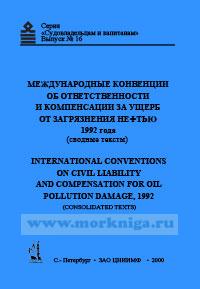 –Ь–µ–ґ–і—Г–љ–∞—А–Њ–і–љ—Л–µ –Ї–Њ–љ–≤–µ–љ—Ж–Є–Є –Њ–± –Њ—В–≤–µ—В—Б—В–≤–µ–љ–љ–Њ—Б—В–Є –Ј–∞ —Г—Й–µ—А–± –Њ—В –Ј–∞–≥—А—П–Ј–љ–µ–љ–Є—П –љ–µ—Д—В—М—О 1992 –≥–Њ–і–∞ (—Б–≤–Њ–і–љ—Л–µ —В–µ–Ї—Б—В—Л)
–Ь–µ–ґ–і—Г–љ–∞—А–Њ–і–љ—Л–µ –Ї–Њ–љ–≤–µ–љ—Ж–Є–Є –Њ–± –Њ—В–≤–µ—В—Б—В–≤–µ–љ–љ–Њ—Б—В–Є –Ј–∞ —Г—Й–µ—А–± –Њ—В –Ј–∞–≥—А—П–Ј–љ–µ–љ–Є—П –љ–µ—Д—В—М—О 1992 –≥–Њ–і–∞ (—Б–≤–Њ–і–љ—Л–µ —В–µ–Ї—Б—В—Л)
-
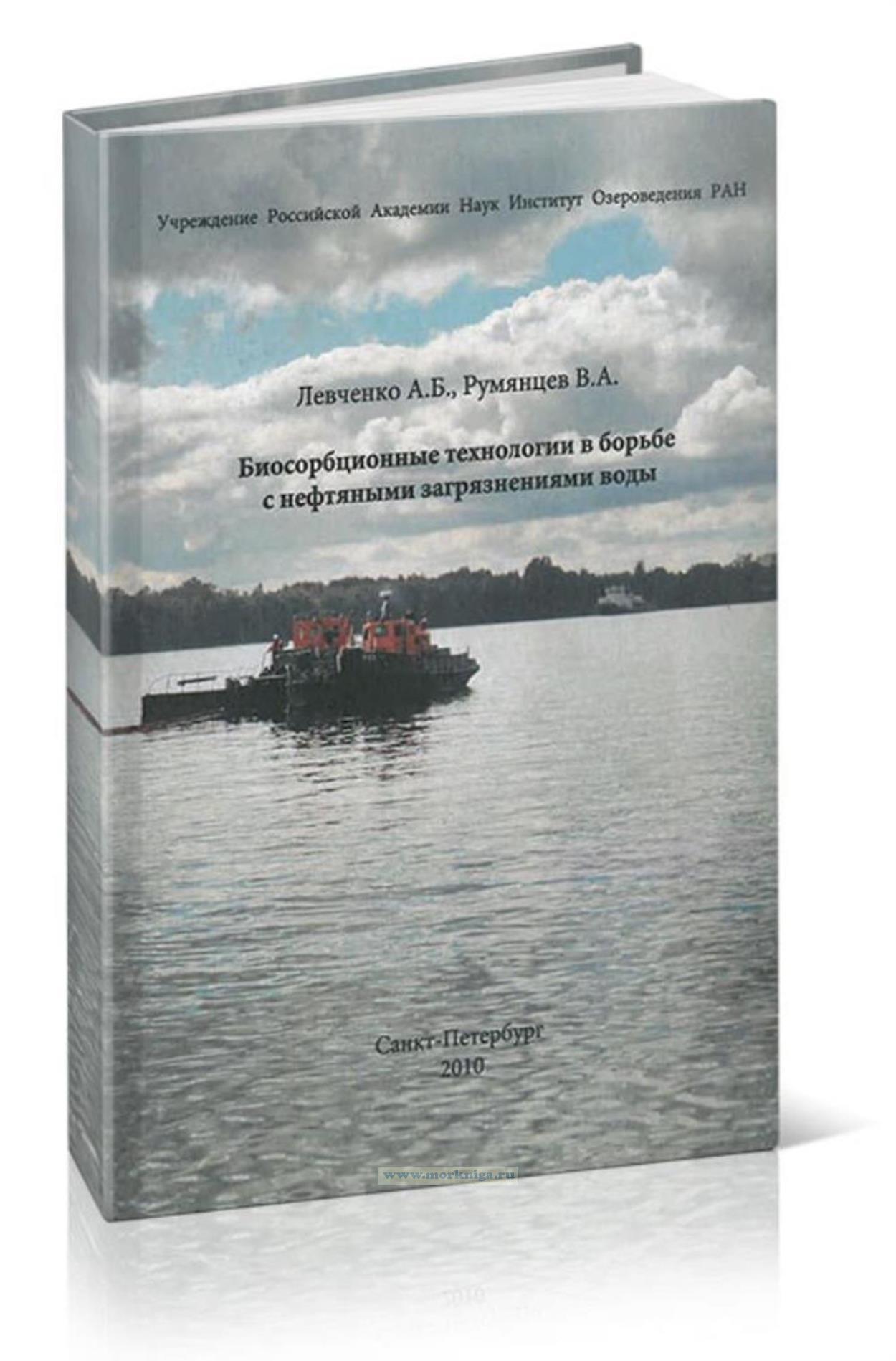 –С–Є–Њ—Б–Њ—А–±—Ж–Є–Њ–љ–љ—Л–µ —В–µ—Е–љ–Њ–ї–Њ–≥–Є–Є –≤ –±–Њ—А—М–±–µ —Б –љ–µ—Д—В—П–љ—Л–Љ–Є –Ј–∞–≥—А—П–Ј–љ–µ–љ–Є—П–Љ–Є –≤–Њ–і—Л
–С–Є–Њ—Б–Њ—А–±—Ж–Є–Њ–љ–љ—Л–µ —В–µ—Е–љ–Њ–ї–Њ–≥–Є–Є –≤ –±–Њ—А—М–±–µ —Б –љ–µ—Д—В—П–љ—Л–Љ–Є –Ј–∞–≥—А—П–Ј–љ–µ–љ–Є—П–Љ–Є –≤–Њ–і—Л
–Ш–Ј–і–∞–љ–Є–µ –љ–∞ –∞–љ–≥–ї–Є–є—Б–Ї–Њ–Љ —П–Ј—Л–Ї–µ
The main intention of this report is to present the way of evaluation of BWMS as it has evolved during the last ten years. This methodology is based on internationally accepted methods of risk assessment as they are practised in several countries and regions worldwide.
Methods and assumptions come from the World Health Organization (WHO), the Organization for Economic Co-operation and Development (OECD), the European Union, mainly the European Chemicals Agency (ECHA) for the evaluation of chemicals and biocides, the US Environmental Protection Agency (EPA), and are used in decision support systems in these organizations.
The GESAMP-BWWG is accountable for its interpretation of these methods. Another aim of this publication is to present this risk assessment approach to the scientific community in order to evoke criticism and therefore improve the methodology. The evaluation of BWMS deserves a scientifically justifiable way to approve systems, thereby fulfilling the aim of protecting the environment, human health, property and resources.
Contents
List of Figures
List of Tables
Acknowledgements
Executive summary
1 Introduction
1.1 The Ballast Water Working Group
1.2 The Marine Environment
2 Ballast water and invasive aquatic species
2.1 Ballast Water and Tanks
2.2 Ballast Water вАУ Ships as Global Pathways
2.3 Ballast Water вАУ the Problem
2.4 Invasive Aquatic Species
2.5 Organisms in Ballast Water Tanks
2.6 Organisms in Discharge Water
2.7 History and Examples
3 Ballast water management systems
3.1 The Ballast Water Management Convention (BWM Convention)
3.2 Procedure (G9) вАУ General Description
3.3 Evaluation of BWMS: the Early Days
3.4 Historical Background of Methods for Treating Ballast Water
3.5 Treatment Steps in Ballast Water
3.6 Ballast Water Management Systems using Active Substances
3.7 Maximum Allowable Discharge Concentration
3.8 Monitoring вАУ Practical Implications
3.9 Recommending a Preferred Method for Measuring TRO
3.10 Environmental Acceptability of the Use of Active Substances in BWMS
3.11 Disinfection By-Products
3.12 Information Gathered by the GESAMP-BWWG Regarding Chemicals Associated with BWMS and the Development of the Database
3.13 A Possible Kinetic Model to Predict Formation of DBPs
3.14 Contaminated Source Water
4 The GESAMP-BWWG risk assessment: a tiered approach
4.1 Identification of Chemicals Associated with each BWMS
4.2 Data Requirements for Hazard Identification
4.3 Hazard Characterization вАУ Establishing the Guidance Levels for the Chemicals
4.4 Exposure Assessment
4.5 Risk Characterization
4.6 Ballast Water Testing
4.7 Human Health Risk Assessment
5 Risks to ship safety
5.1 Introduction
5.2 Increased Corrosion
5.3 Fire and Explosion
5.4 Storage and Handling
5.5 Risk Management вАУ Mitigation and Control
6 Conclusions and future challenges
6.1 Current Status
6.2 Future Developments
6.3 Sediment
6.4 Endocrine Disruptive Properties
6.5 Same Type of Organic Carbon Additive for Testing should be Established
6.6 Methodological Aspects
Glossary of terms and definitions used by the GESAMP-BWWG
List of abbreviations and acronyms used by the GESAMP-BWWG
References
Annex I Membership of the working group, terms of reference
Annex II Human risk assessment in detail
Annex III How to perform MAMPEC-BW calculations
Annex IV Hydrogen (H2) gas production as a function of TRO production in electrochlorination-based BWMS
Annex V Overview of maximum exposure limits for DBPS in GISIS
Annex VI GESAMP reports and studies publications
